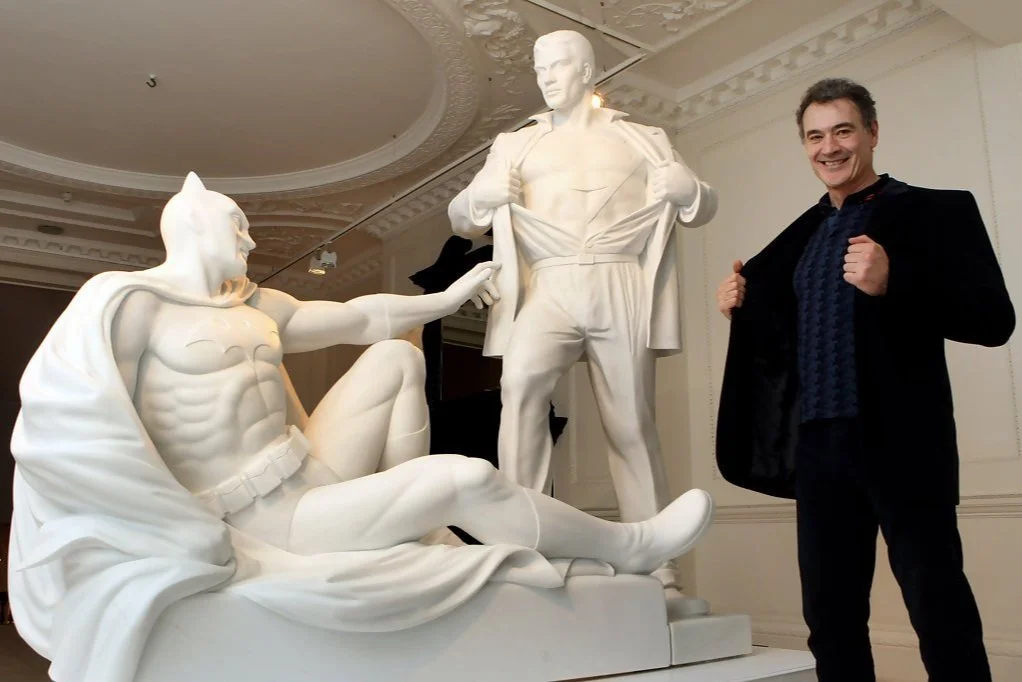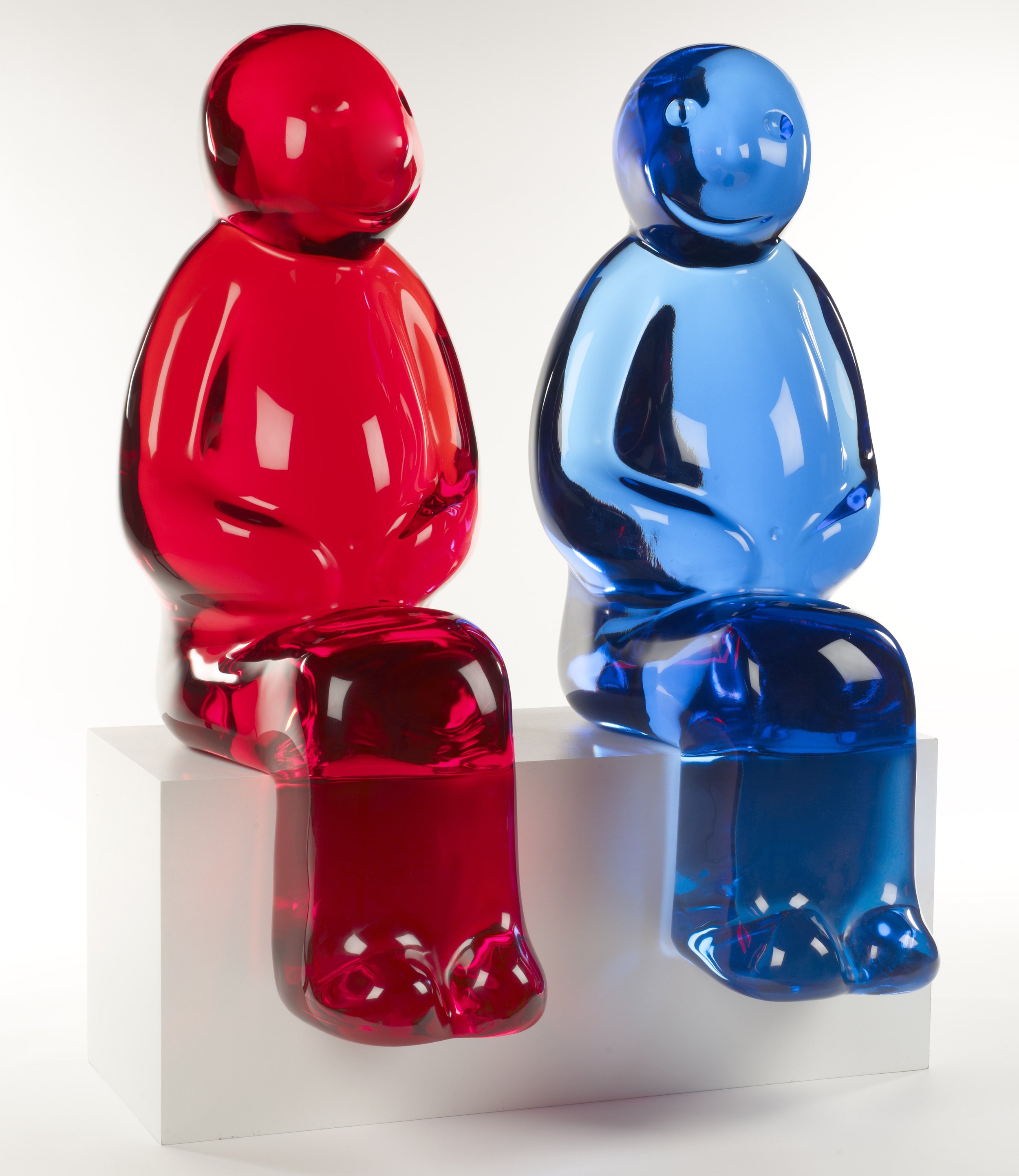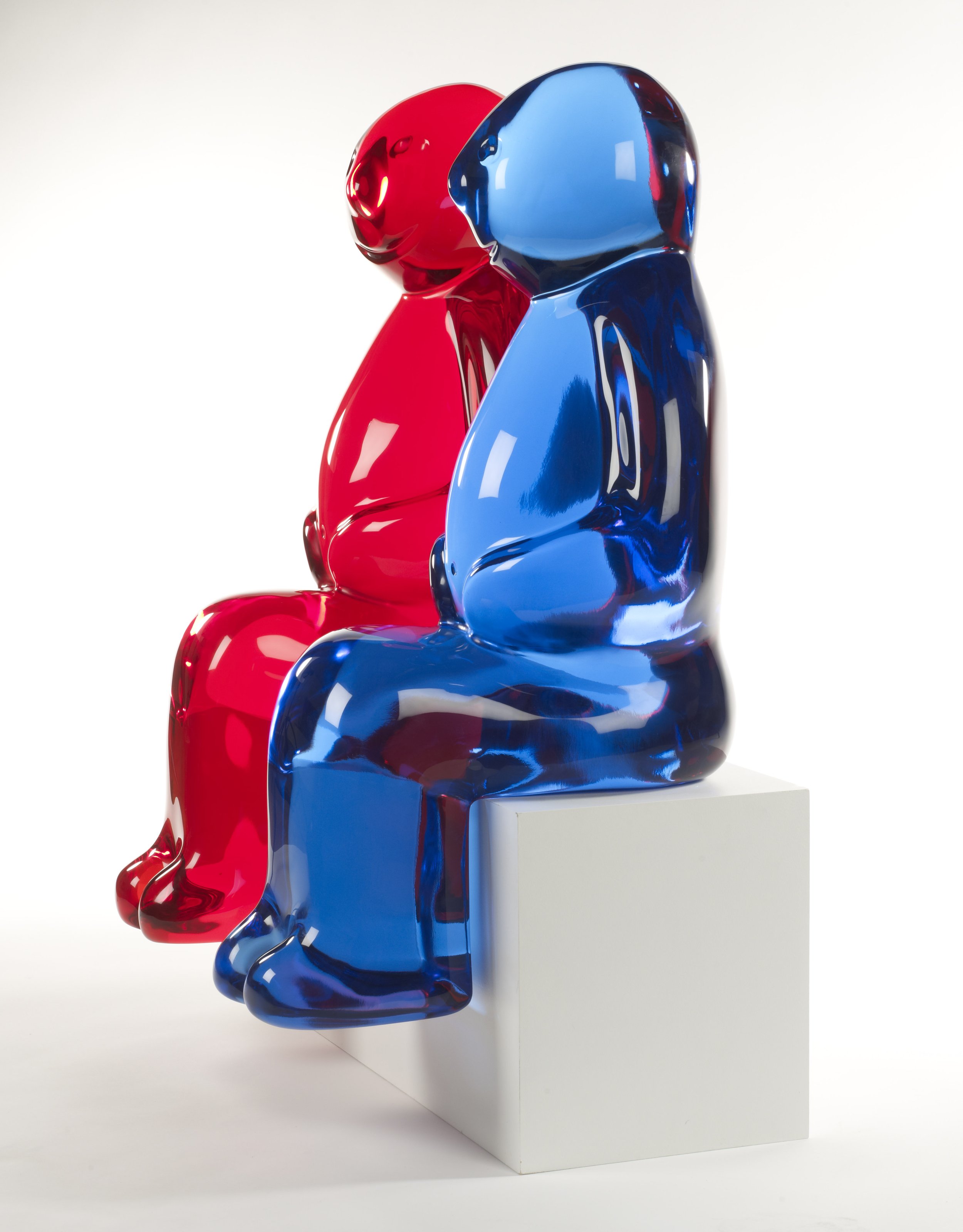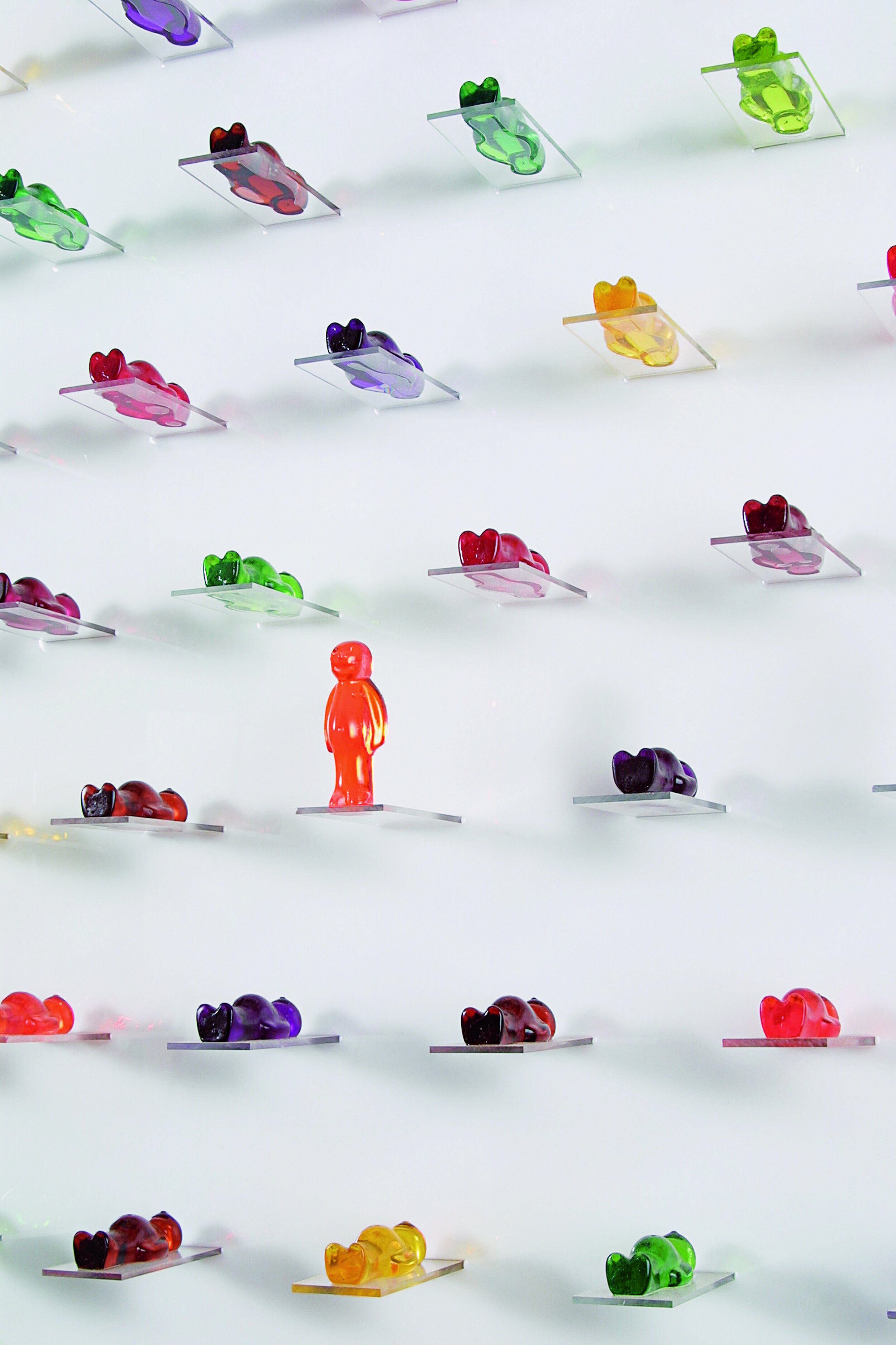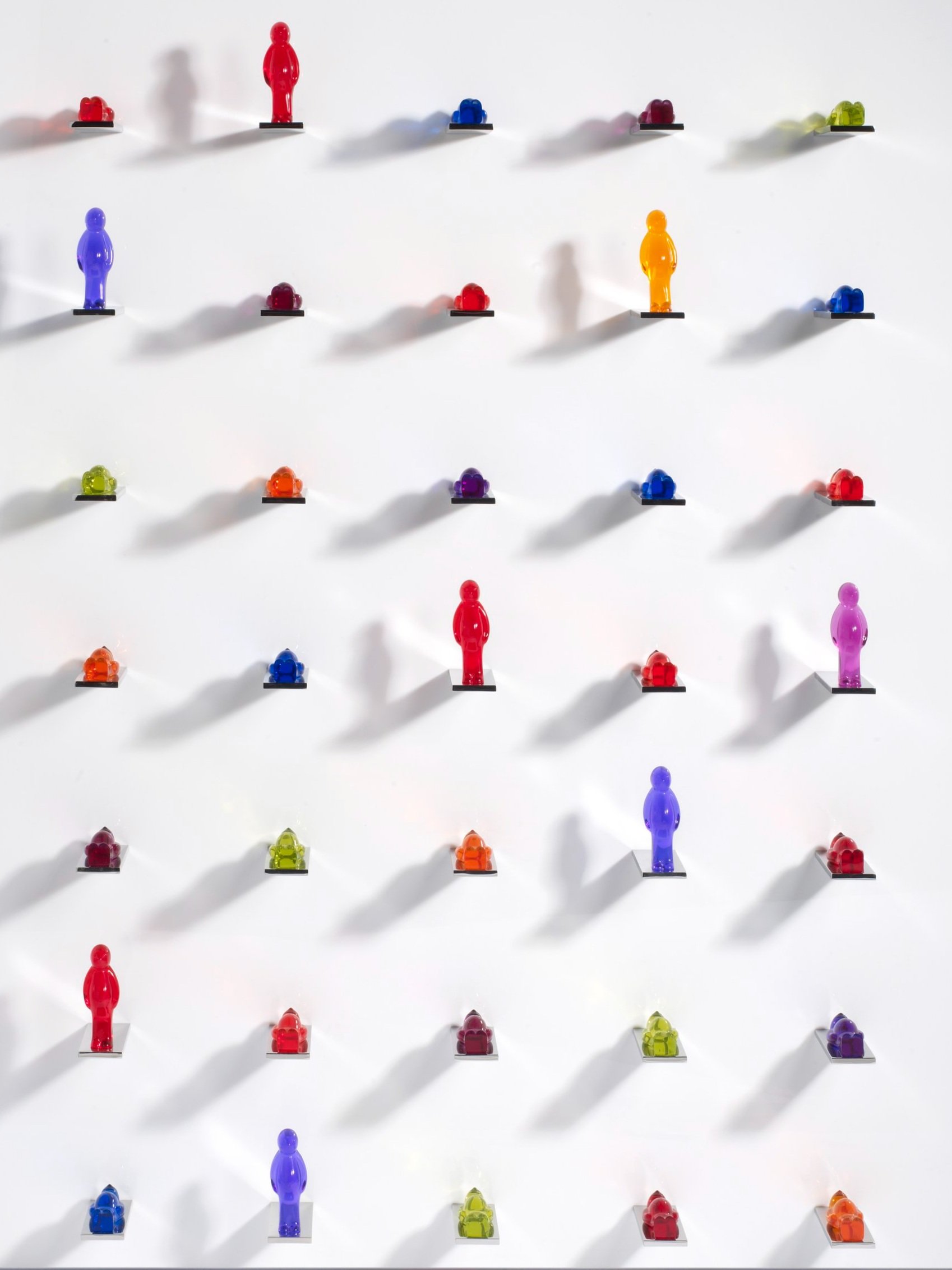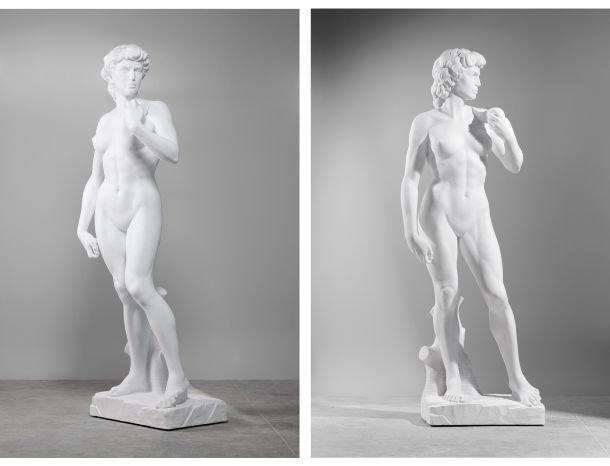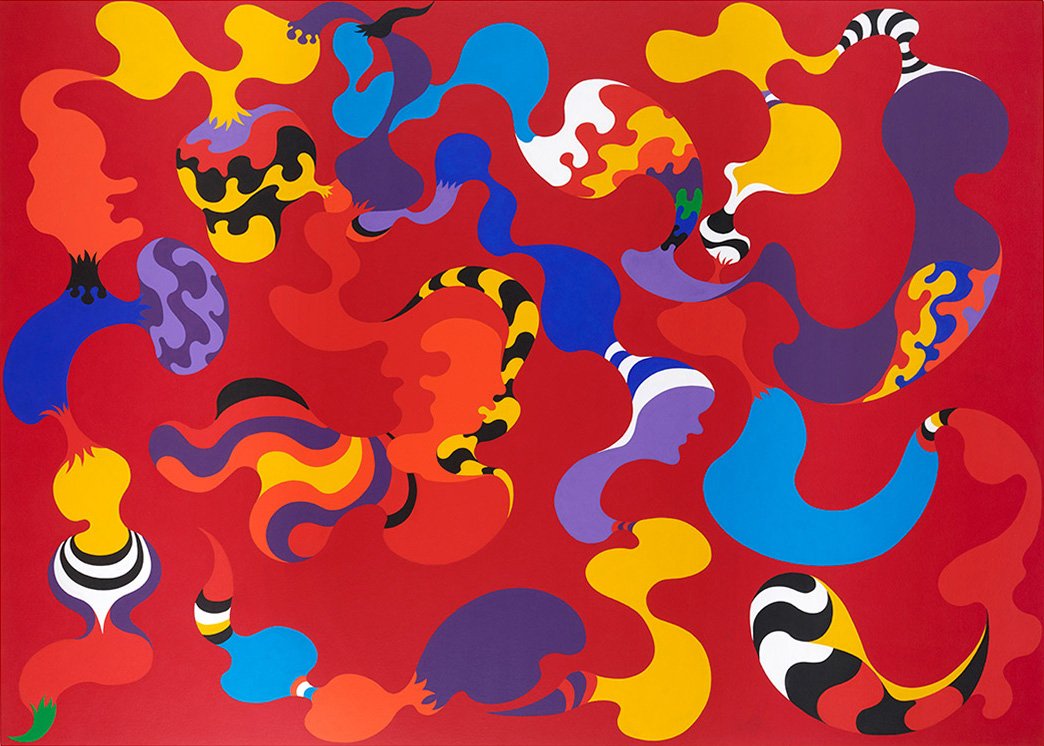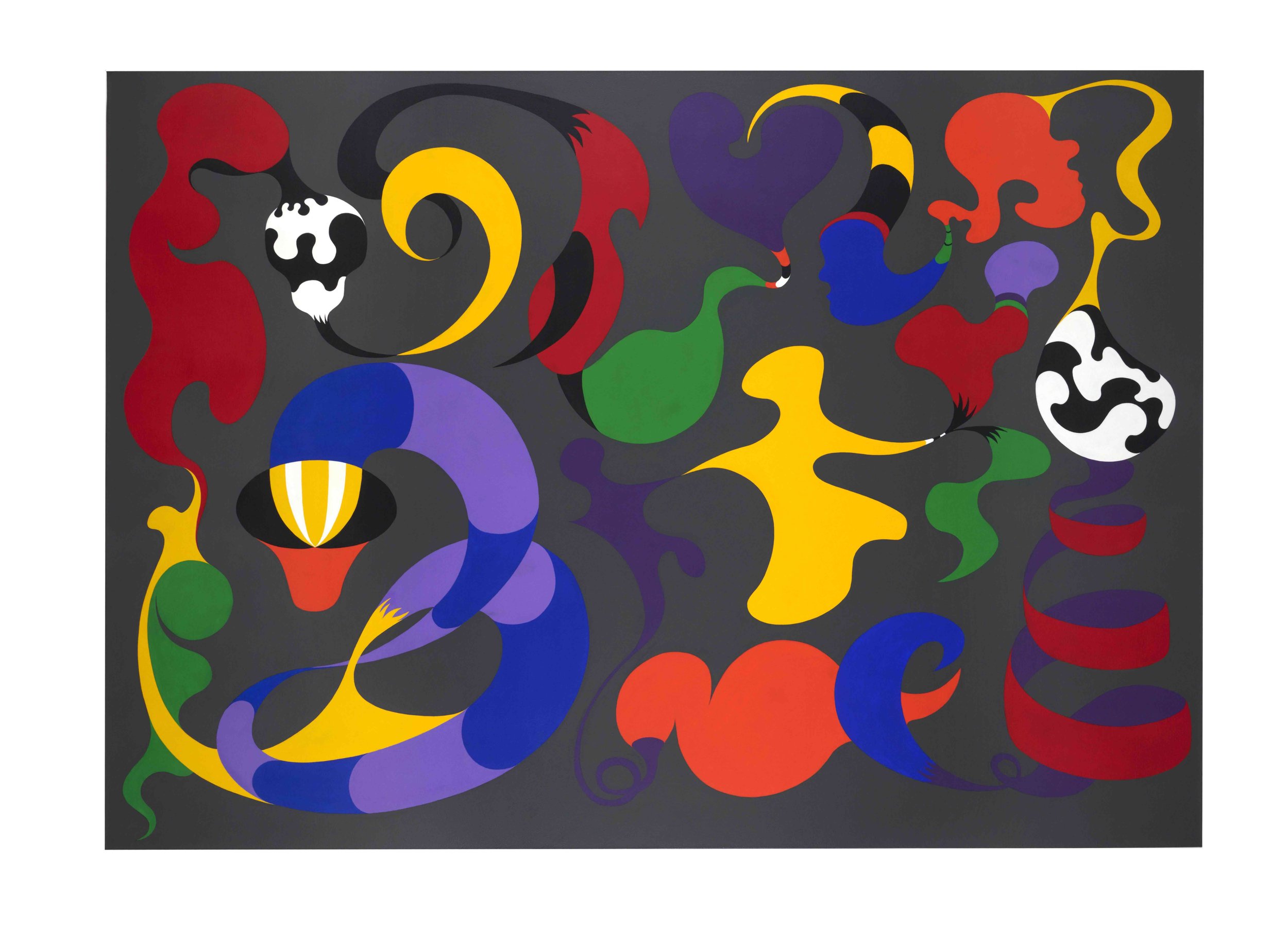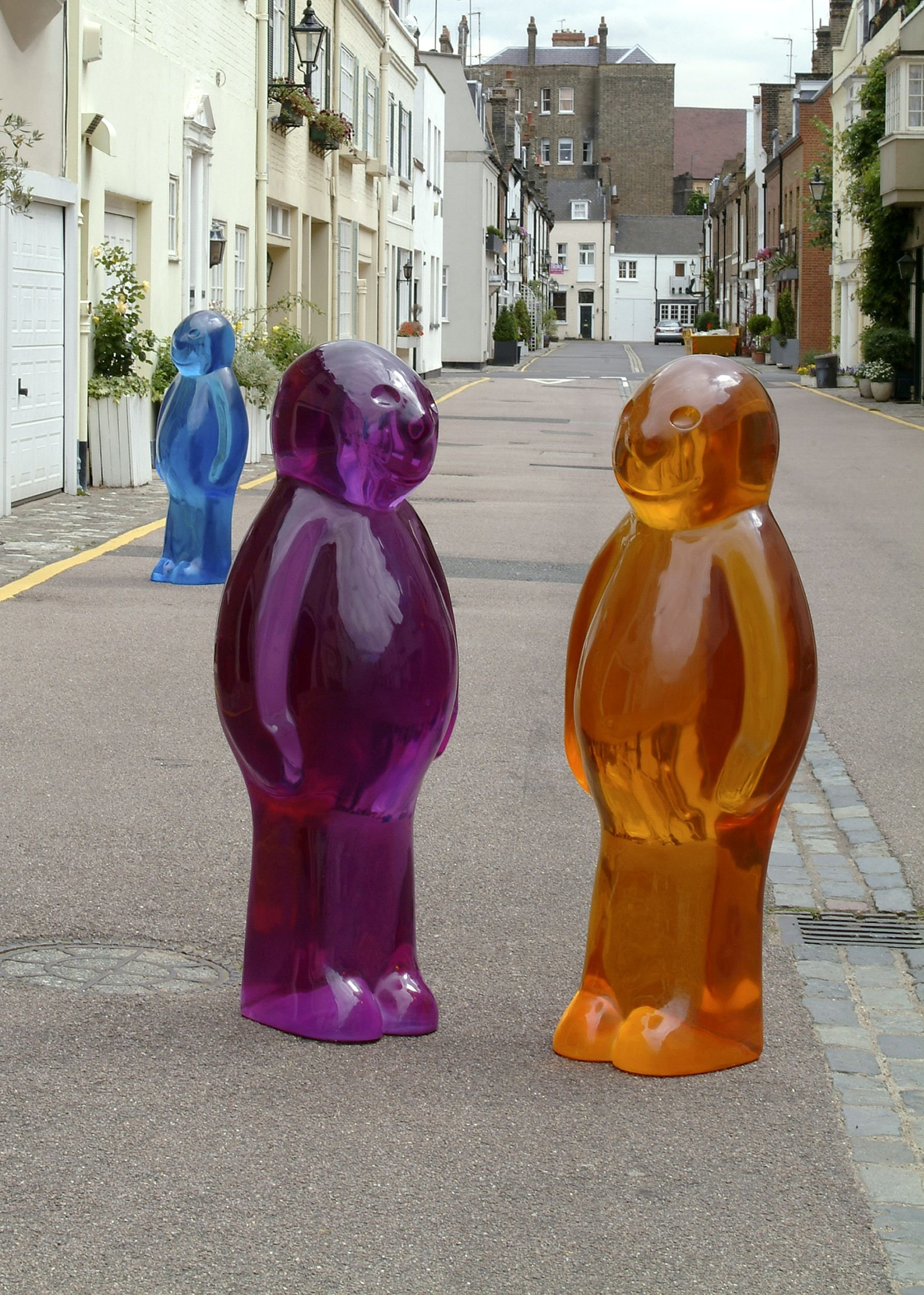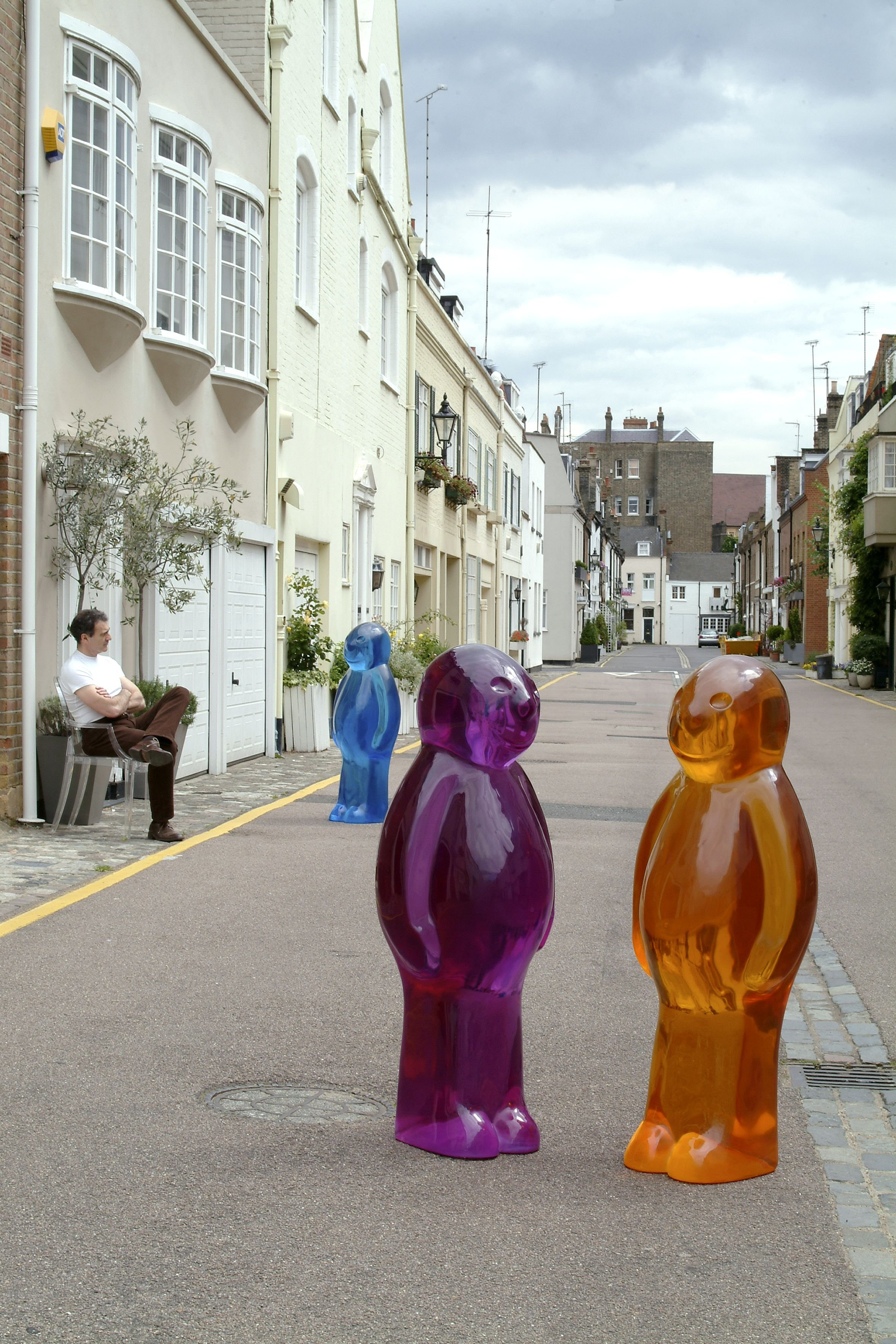Interview
Mauro Perucchetti
Born in 1949 in Milan, Perucchetti was painting and sculpting from a very early age. Initially taking a job in Milan, he then moved to Rome and enrolled in classes in theatre studies. Starting in the film industry, he worked with Elizabeth Taylor and Andy Warhol in The Driver's Seat (1974). More film roles followed, and he eventually set up a production company.
Changing course once again, he relocated to London and threw himself into architectural and design work designing unique homes and a car which was invited to show at 'The London Car show' in 1992 at Earls Court in Kensington.
In 2000, Perucchetti sold his design and architectural practice and his home so he could become a full-time artist - something he couldn’t postpone any longer. His first major body of work was instigated by the medical research of that time on cloning and it explored the dilemma between cloning and religion and medical ethics.
Perucchetti decided to use Jelly Babies as a representation of cloned human beings. This required the use of resin and when Perucchetti discovered that no company in the world was able to undertake such a project due to its scale which was deemed technically impossible, he embraced the challenge and after much experimenting and breaking new grounds with what is physically feasible with that material he developed a system and designed the machines which would make this possible. From that point, he became unique in his use of pigmented resin which became a signature of his work which has been seen in many collections and institutions worldwide.
What is your background and how did you start your journey in the art world?
“I was born in Milan in 1949 and lived my early years there and in Rome. It was when I moved to Rome at 9 that I felt the first real impact that art had on my psyche and the appreciation I had, even as a child, about aesthetics. Even at that early age, I was in awe of the beauty that that city casually displays at every street corner. From my primary school days, I remember spending most of my free time painting, drawing, and making things with my hands. The bug was obviously in my genes.
Unfortunately, during my life, I had to comply with the need to make a living, which was not easy as an artist. Art became a hobby and I made a living in architecture and design, with my work taking me around the world on special projects. I also designed merchandise, a Paris Dakar motorbike, a sports motorcycle, and a car that was invited to the London International Car Show in Earls Court in 1993. At the age of 50, I sold my business and my house to finance the long-overdue ideas I had with art. I got lucky!”
What does your work aim to say? Does it comment on any current social or political issues?
“From politics to wars, from religions to terrorism, from racism to Black Lives Matter, from consumerism to famine, sociological issues are like an endless source of dialogue that I have explored in my art. Nature has been particularly prevalent in my new body of work "SUPERFICI" and addressing the impact that we are having on earth is never enough. This is why I am also involved with charities like WWF Tiger Trail, Tusk Lion Trail, Project O, and others.”
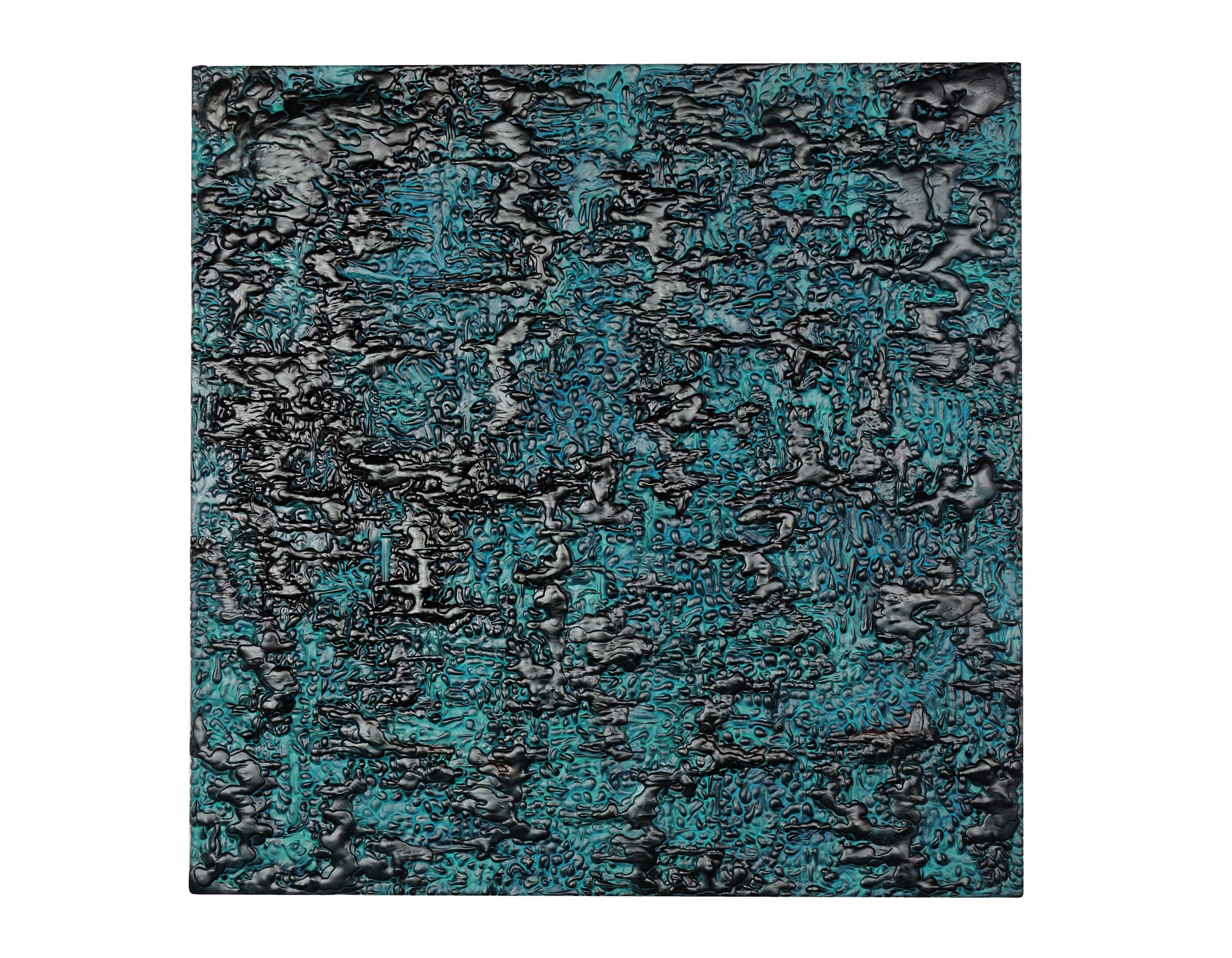
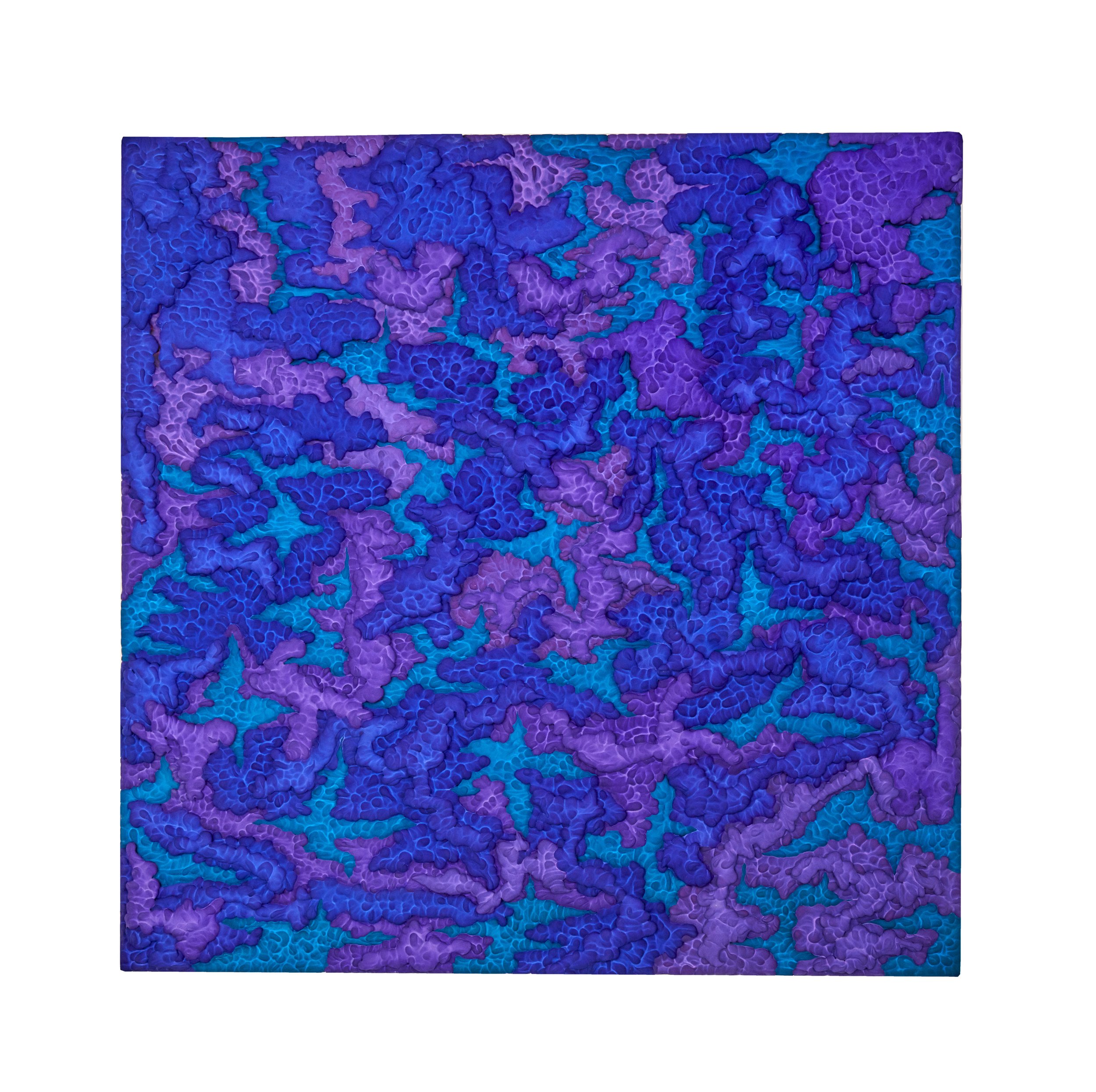
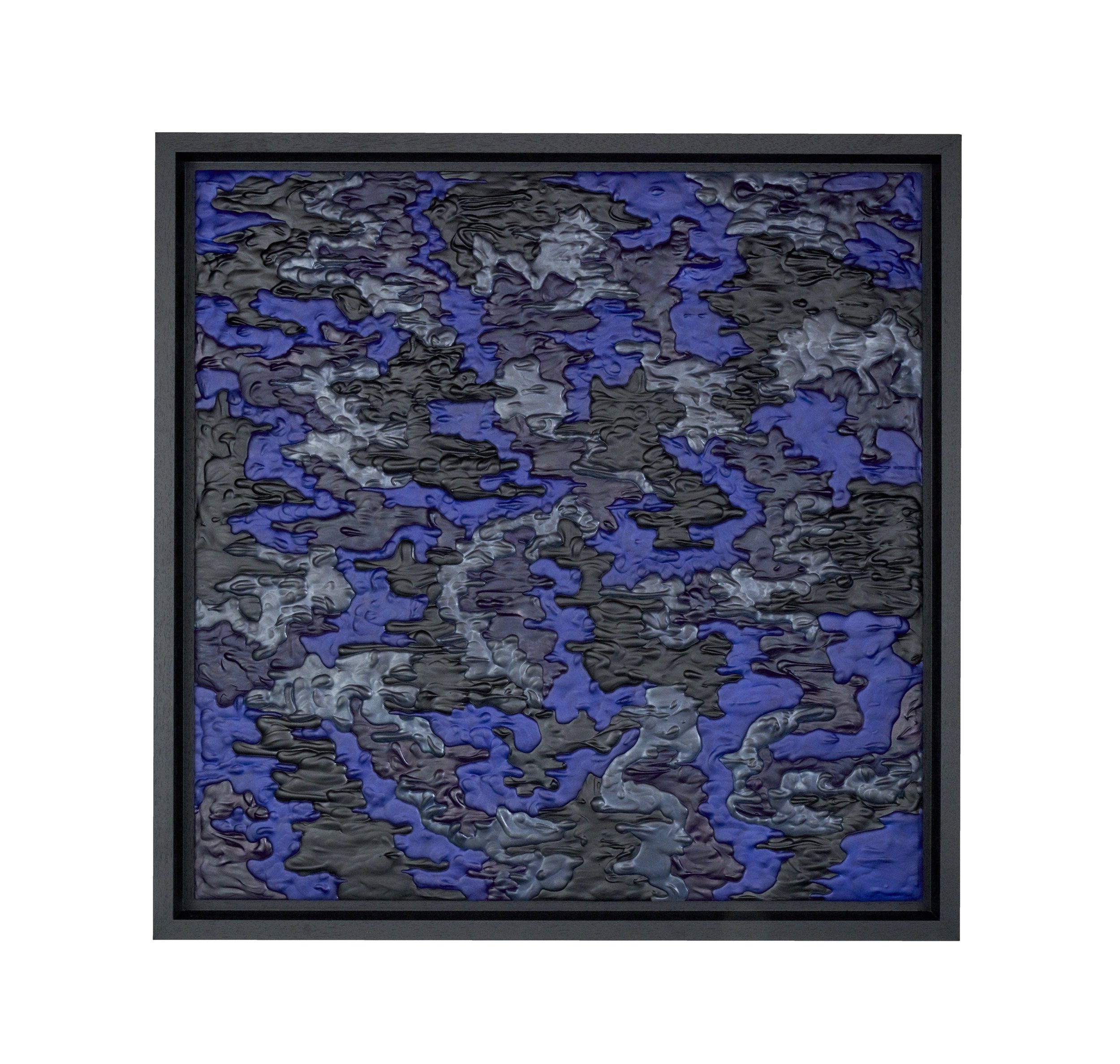
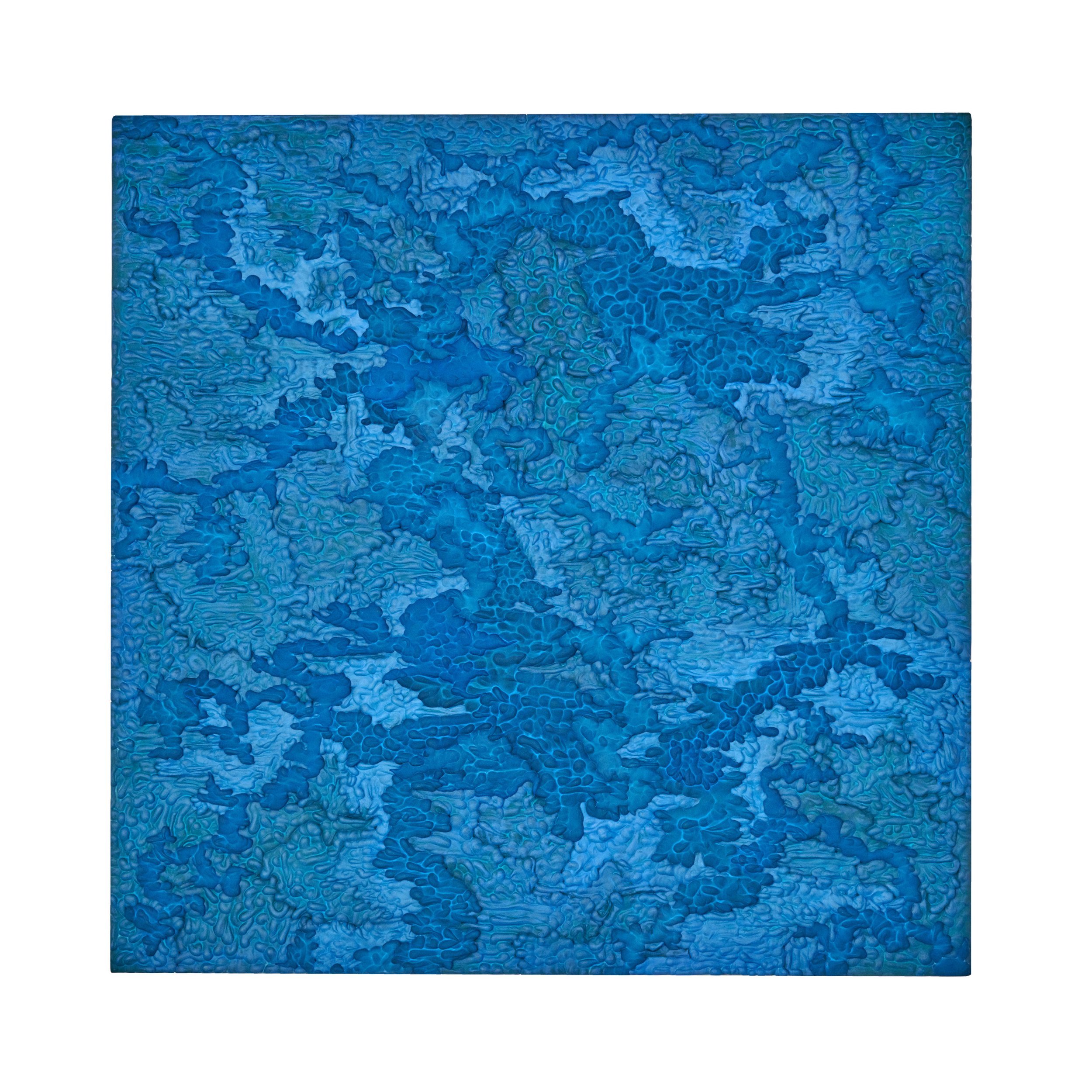
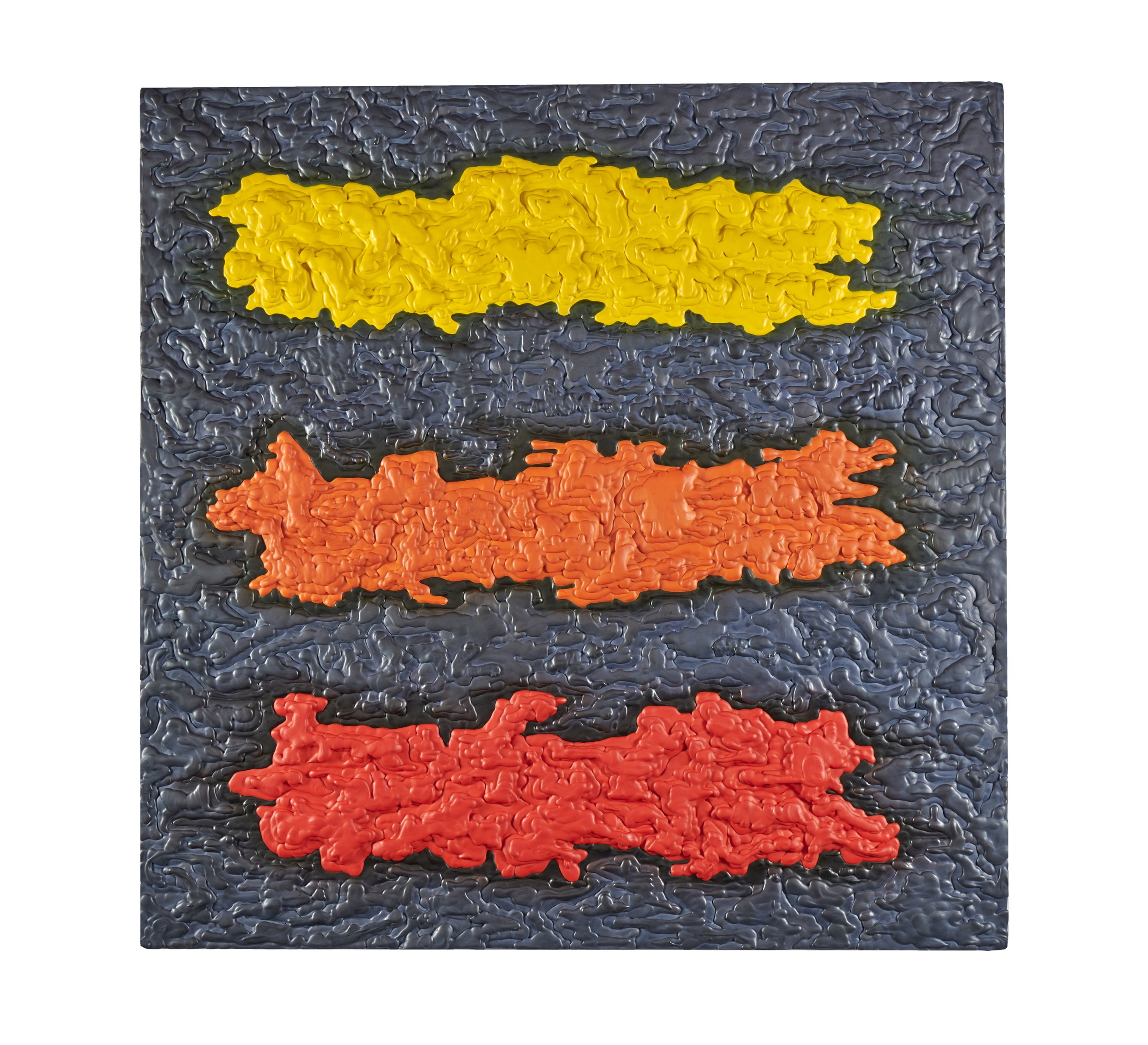
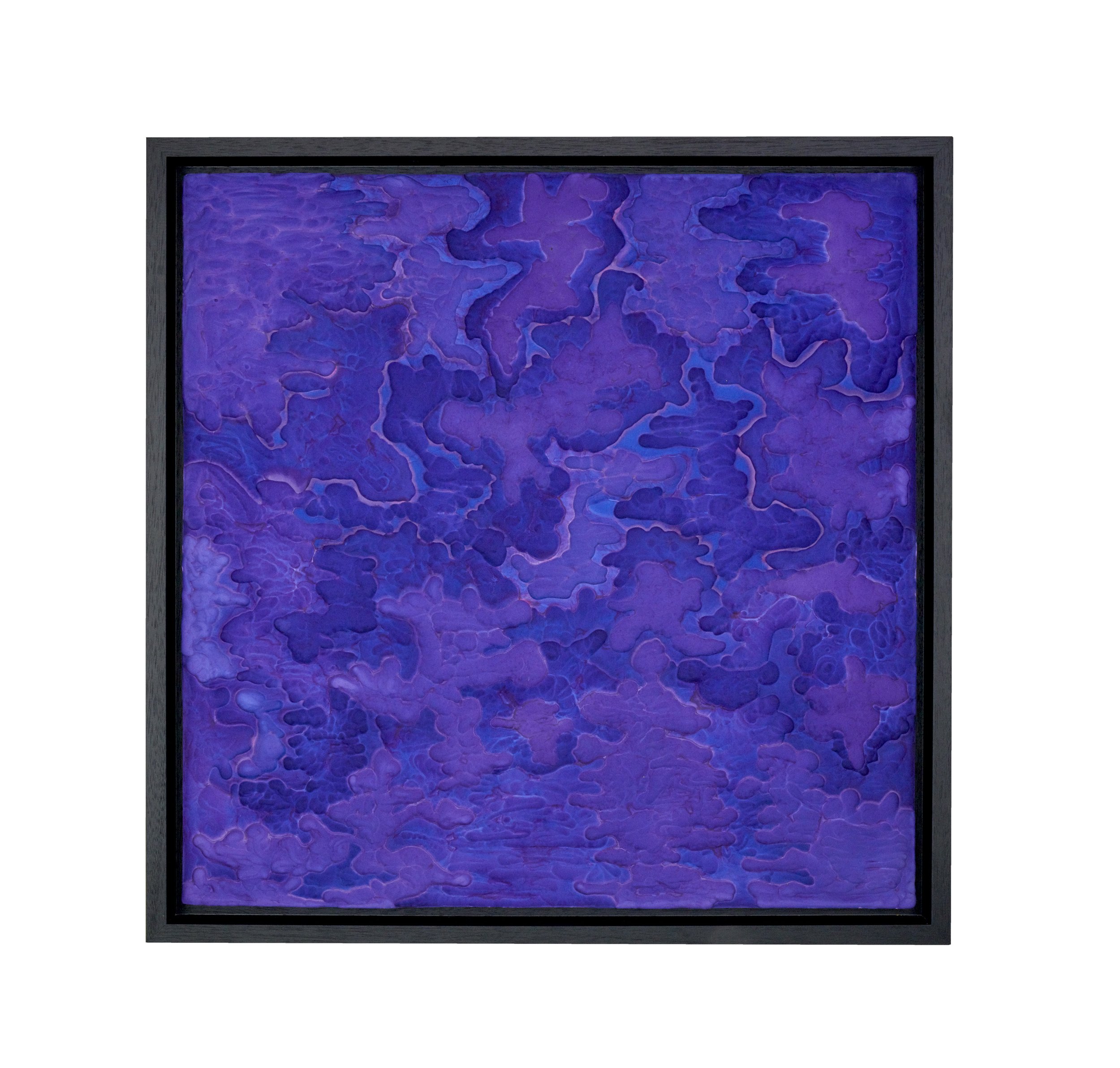
Which current art world trends are you following?
“I really do not follow any trends as my creativity comes from my life experiences and coming from the 60's and 70's I had a very colorful life an era that will never be again. Living in Rome, London, and NY during that time was such an incredible experience!”
“Elspeth Moncrieff once said of Perucchetti’s work: ‘Resin has an innate instability and is even more difficult to control when foreign materials are embedded within it. Like prehistoric insects captured in the sticky ooze of the amber resin that killed them while preserving them, Perucchetti entraps his objects for all time. His work is totally beguiling. It is high-tech, of our time, bright, clean, and utterly original.’”
Do you plan your work in advance, or is it improvisation?
“Everything I do is instinctive. It just flows out of me with no plans. My brain works non-stop with a thousand ideas all at once. ”
What does your art mean to you?
“Artists are well placed to be influencers. Missing an opportunity to comment, debate, protest, commemorate, expose or delight, is not what many artists would do. Just like a writer’s pen is his or her weapon, art is ours. There are many more of us coming as the artworld is growing, but that is still a drop in the ocean.”
“Painting is intrinsically related to my emotions and experiences and SUPERFICI is the result of uncountable scans of the surroundings that my senses record while being in nature. The beauty that manifests itself with textures, colors and scents in nature, becomes abstract on canvas.”
What process, materials, techniques, etc do you use to create your artwork?
“As an artist, I became well known with my early work for my use of pigmented resin, a material that I first experimented with as a teenager. This is a notoriously difficult material to work with, and it took me several years to perfect the techniques to achieve what I wanted. As there was nobody in the world that was able to help me, it required that I design and fabricate machines, train assistants and create special environments, especially for the production of monumental size artworks. I have also worked extensively with marble, fulfilling a lifelong admiration for the beautiful ancient artifacts disseminated everywhere in Italy.
I created many hand-carved sculptures that bridge the classical looks of ancient Rome and the Renaissance, with Pop Art and contemporary sociological issues. For my new work ‘SUPERFICI’, I married painting and sculpting, working with pure pigments, oil paints and mixed media, to render 3D textural surfaces on canvas that evoke what is present in nature. Although not quite sculptures, the artworks are definitely 3-dimensional paintings. For the materials I use, you could say that it is like mixing oil and water, but I made it work in synchrony. The process revealed itself to be the perfect analogy for what occurs in nature: as earth goes from one natural phenomenon to another, new life emerges.”
What’s your favorite artwork and why?
“Imagine having a very large family with many beautiful children: how can you choose one?”
Have you had any noteworthy exhibitions you'd like to share?
“I have had many but probably my first solo exhibitions like "Blast" and "Cloning and Religion" were my favourites at Beaux art in London on Cork Street. These were my early days very pure and void of commercialism. I am very excited about my new body of work ‘SUPERFICI’ which is from Dec to Feb in St.Moritz Switzerland at Galerie 10.
I have taken part in numerous art fairs and in 2011 was invited to present three monumental works at Rome's first-ever Roma Biennale of outdoor sculpture, the Rassegna Internazionale di Scultura di Roma. My unmistakable, multicoloured Jelly Baby Family representing multicultural society, with its chubby but elegant translucency, appeared at London's Marble Arch as part of Westminster Council's City of Sculpture Festival (2010-2011), at the Courchevel Winter Pop Sculpture Festival (2011-2012), and as a permanent installation in Singapore; during Paris's Contemporary Art Fair (FIAC) in October 2012 it was exhibited against the historic backdrop of The Louvre. On Sky Arts television, it was selected for the 'Objects of Desire' series (2012) as one of the world's most coveted items.
Entitled ‘UNICUM’, I created a body of work which spanned two decades and was an Abstract interpretation of surfaces which I created with pigmented resin in its purist form and demonstrated the incredible ability to express colour, light and form. I have pushed the boundaries as a painter and sculptor and continue to explore innovative mediums that I create like an alchemist. My new ‘SUPERFICI’ work is organic, textural and pulsating with energy and colour that are unique and pioneering once again.”

